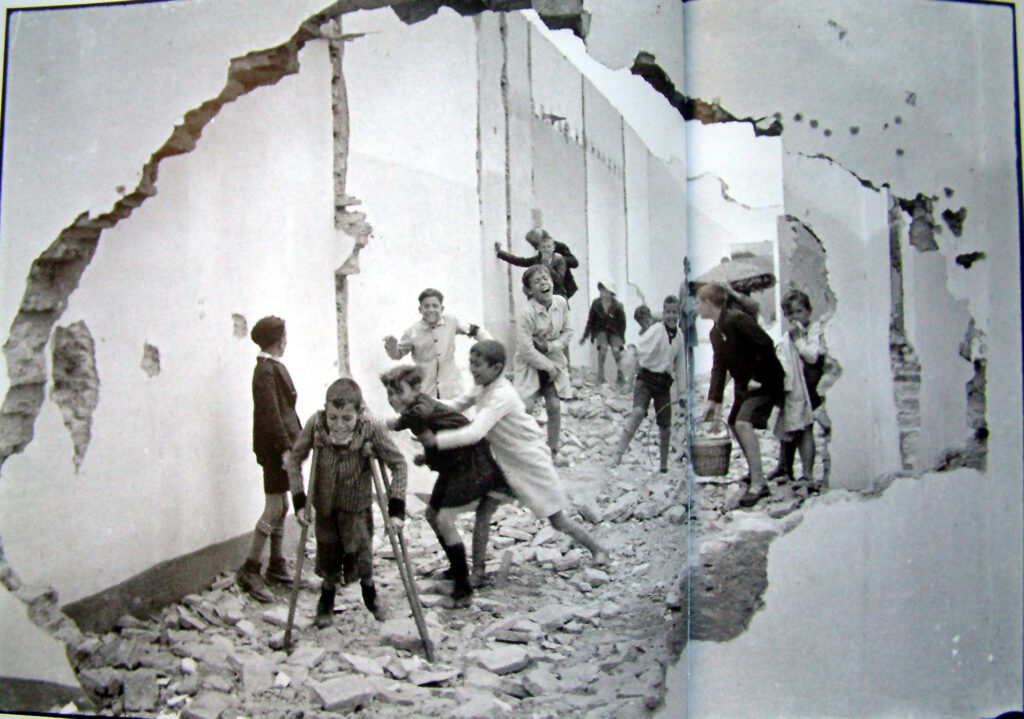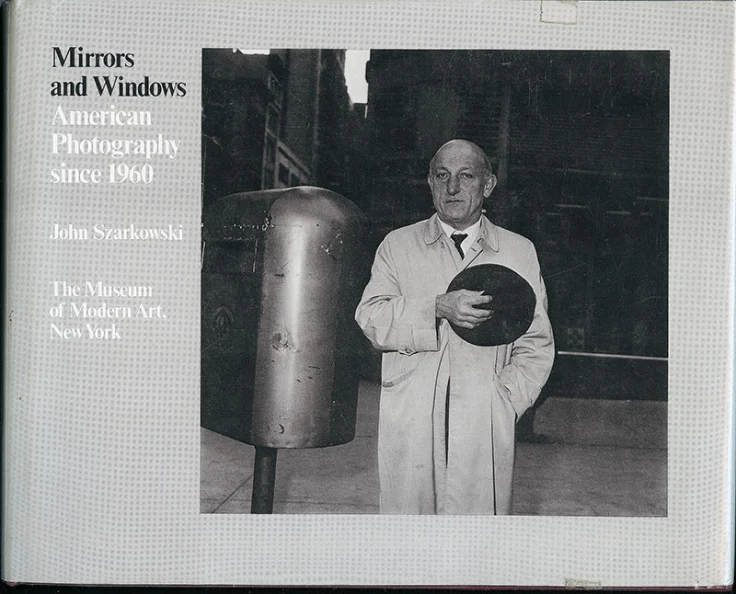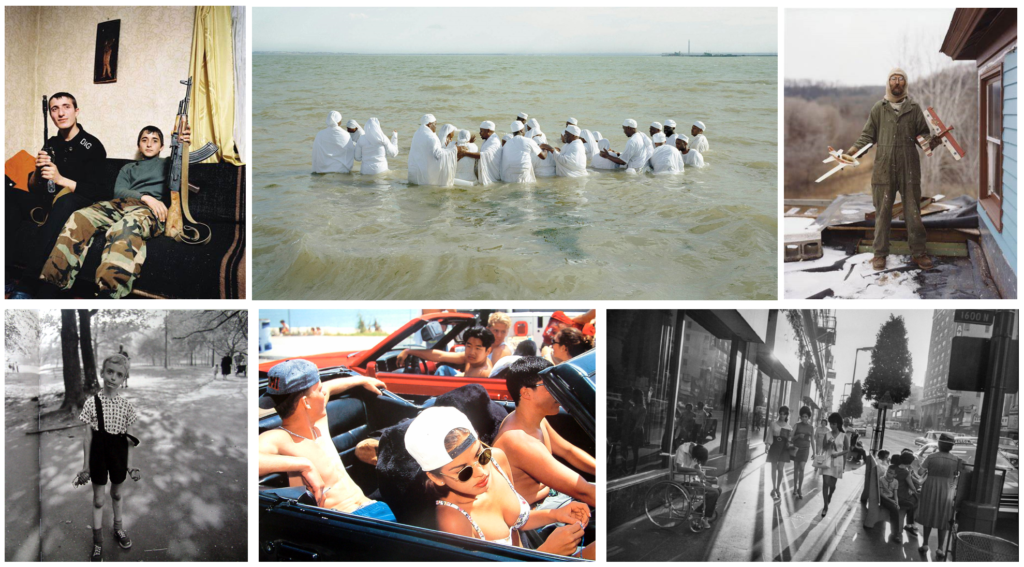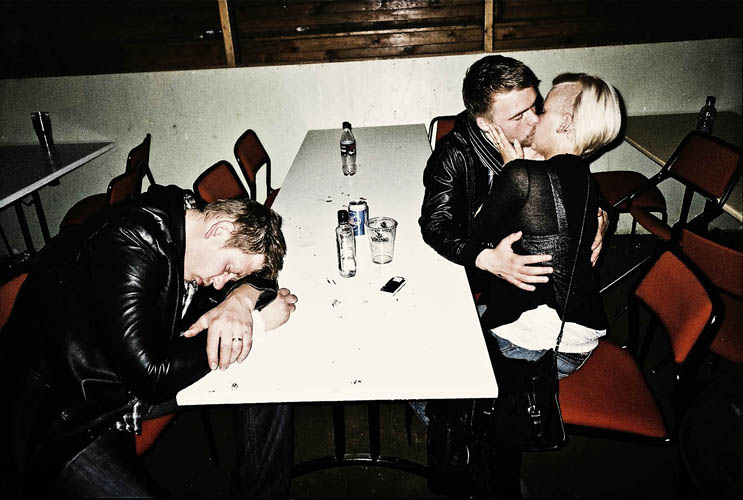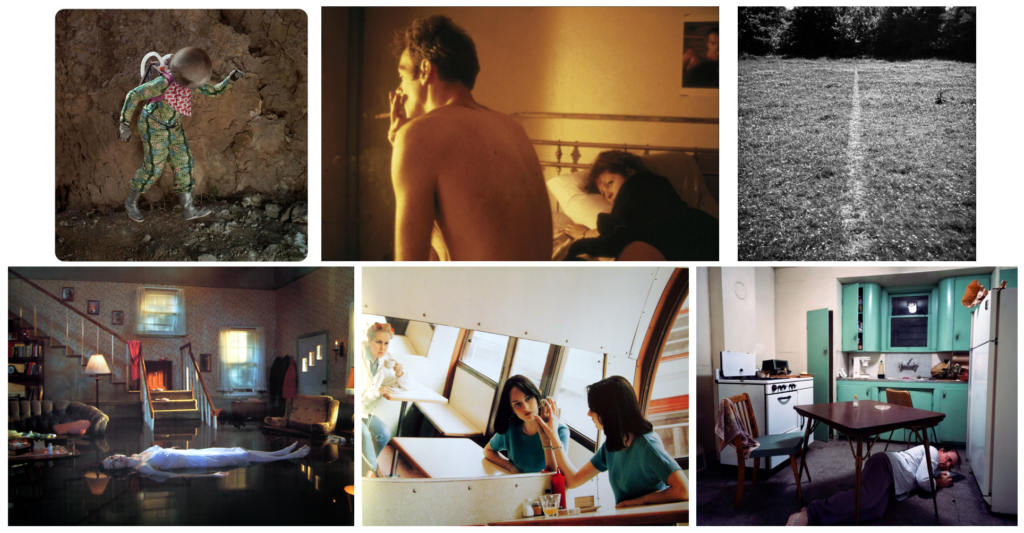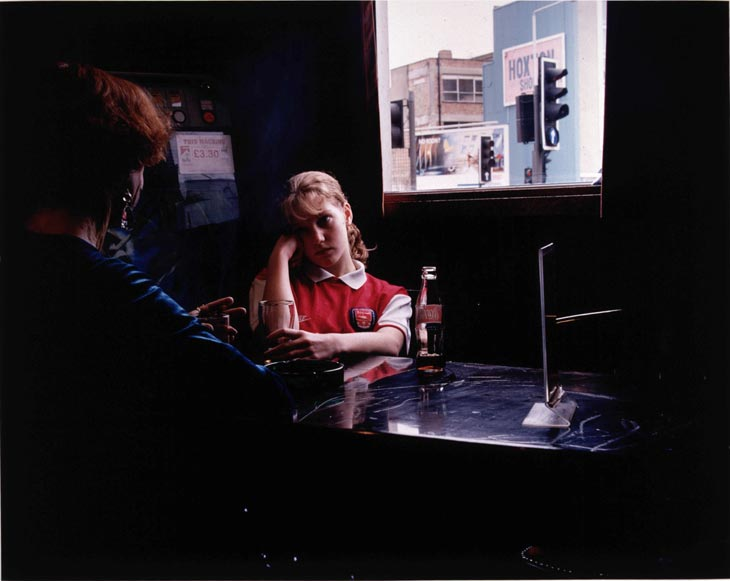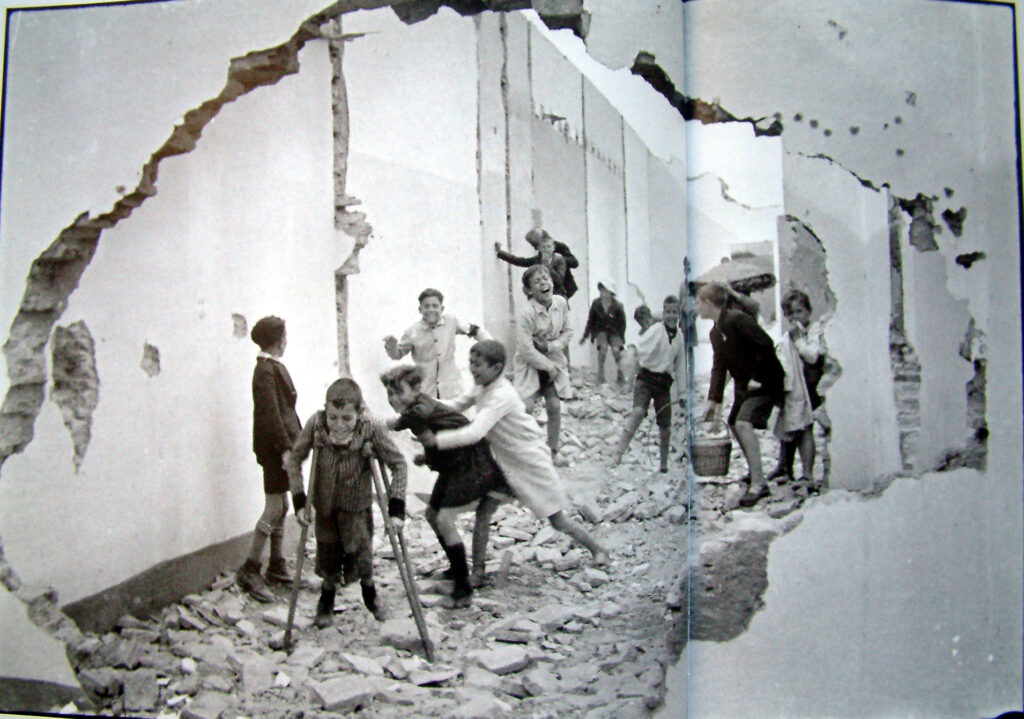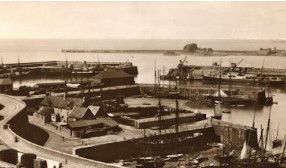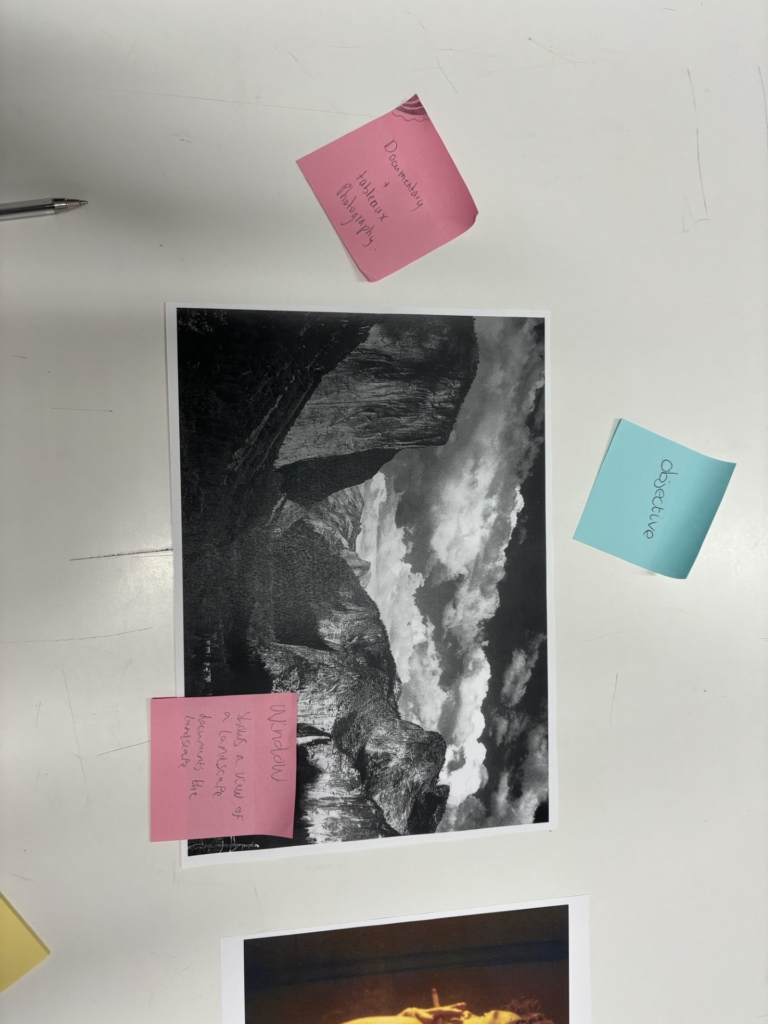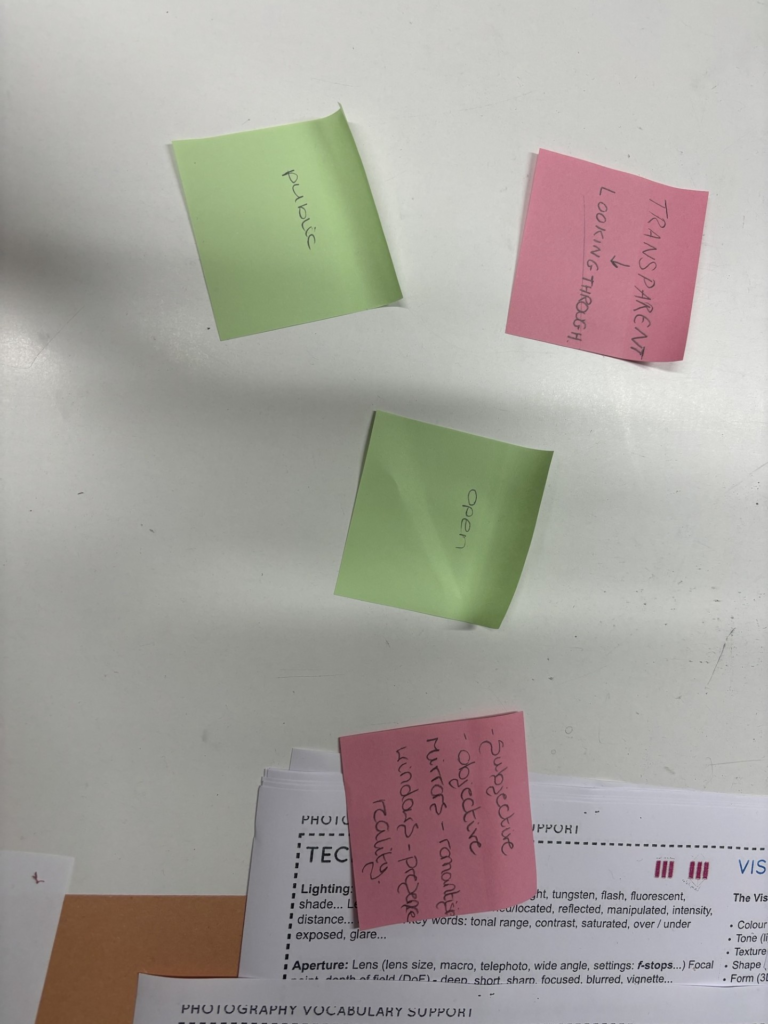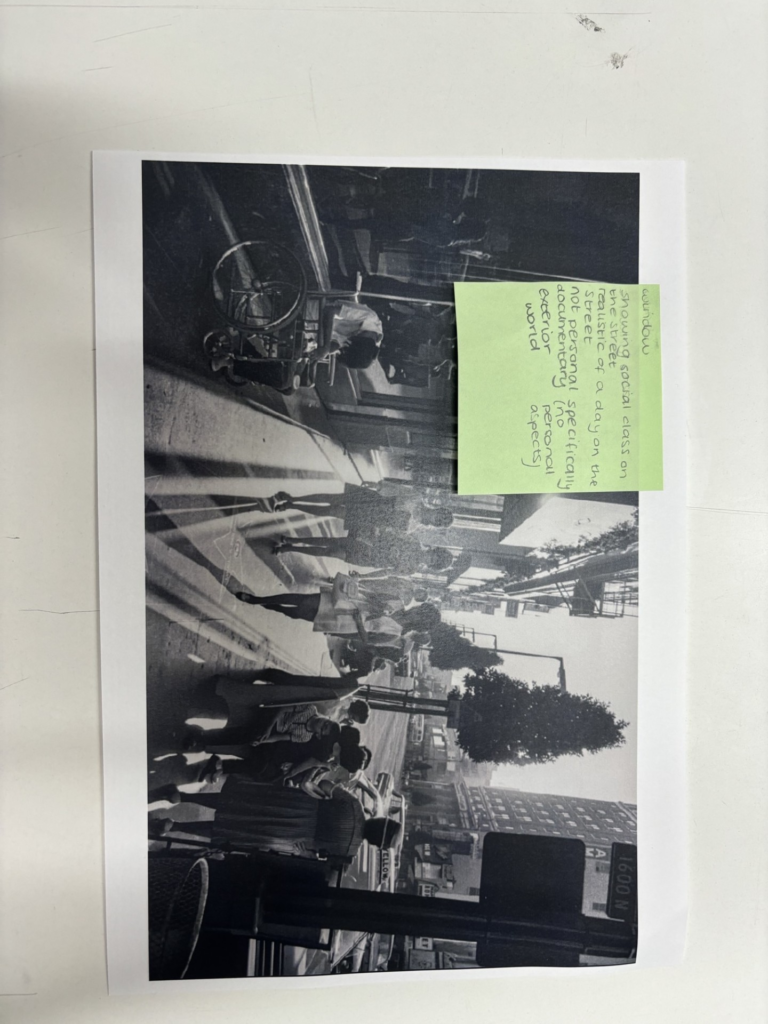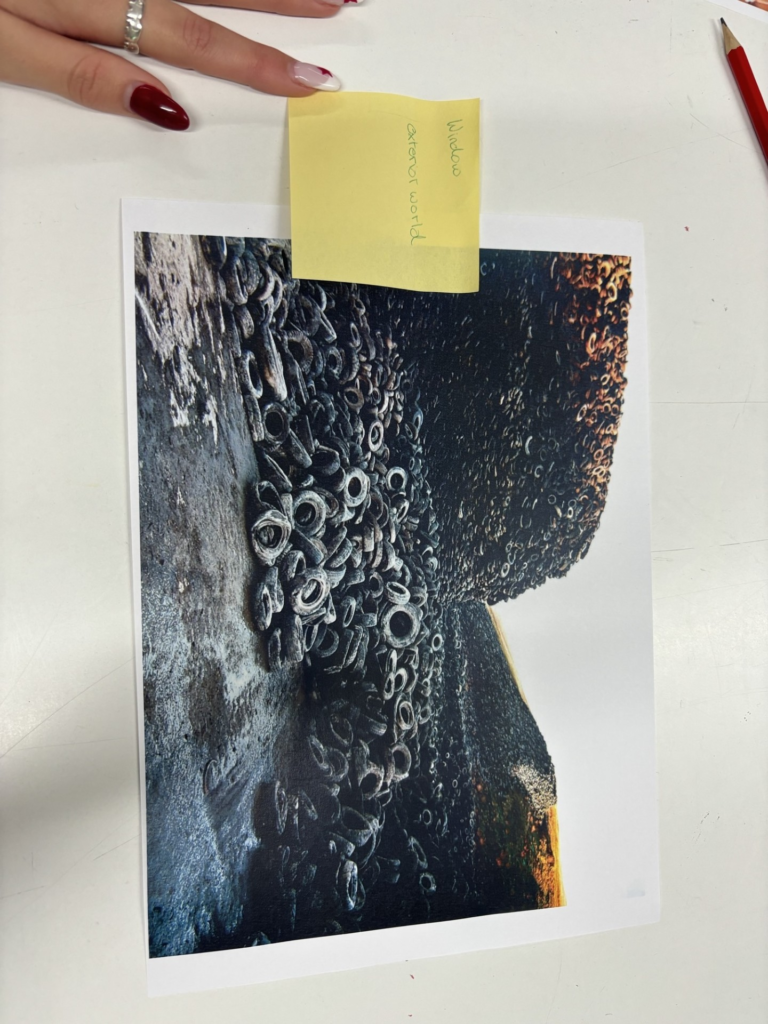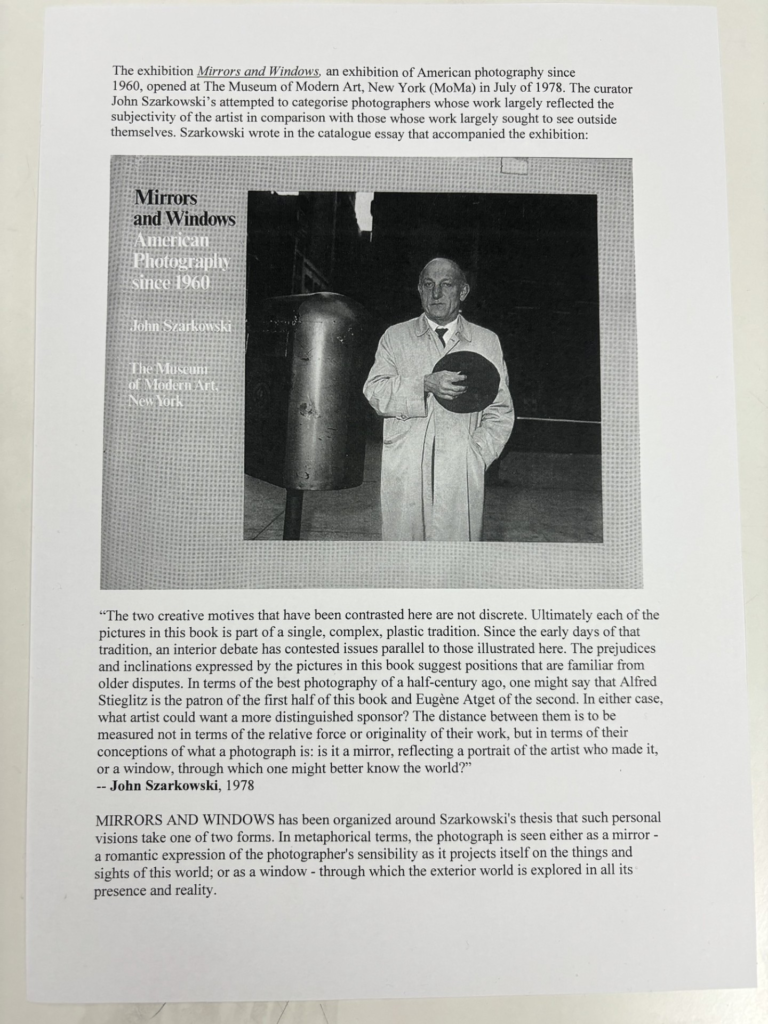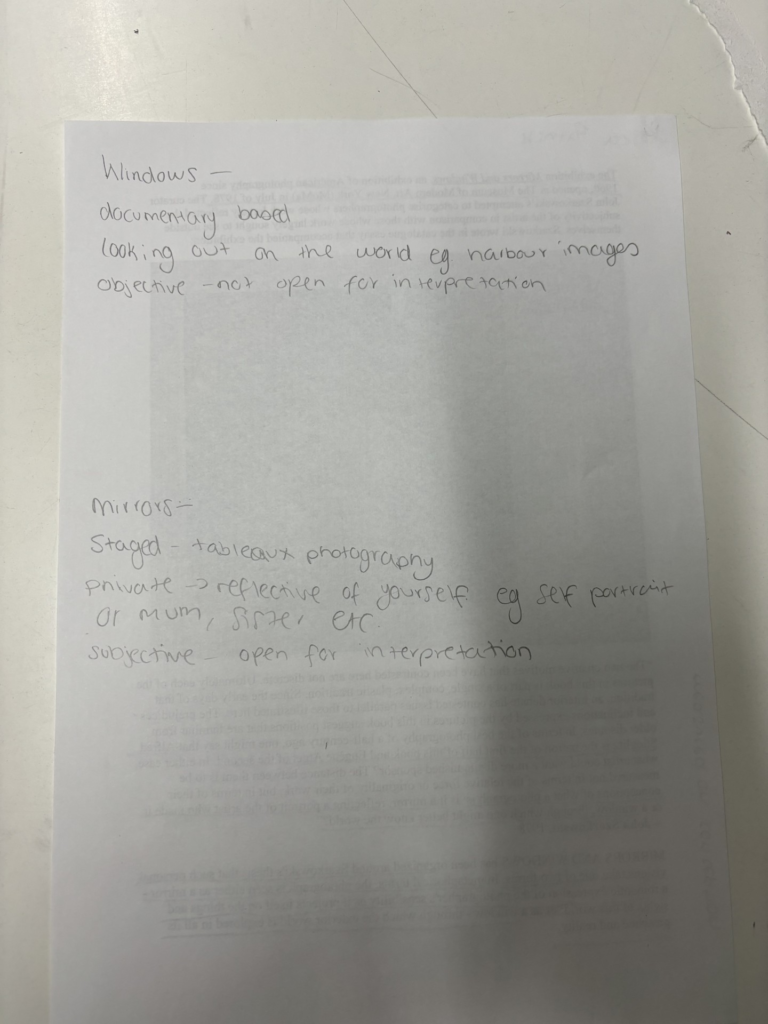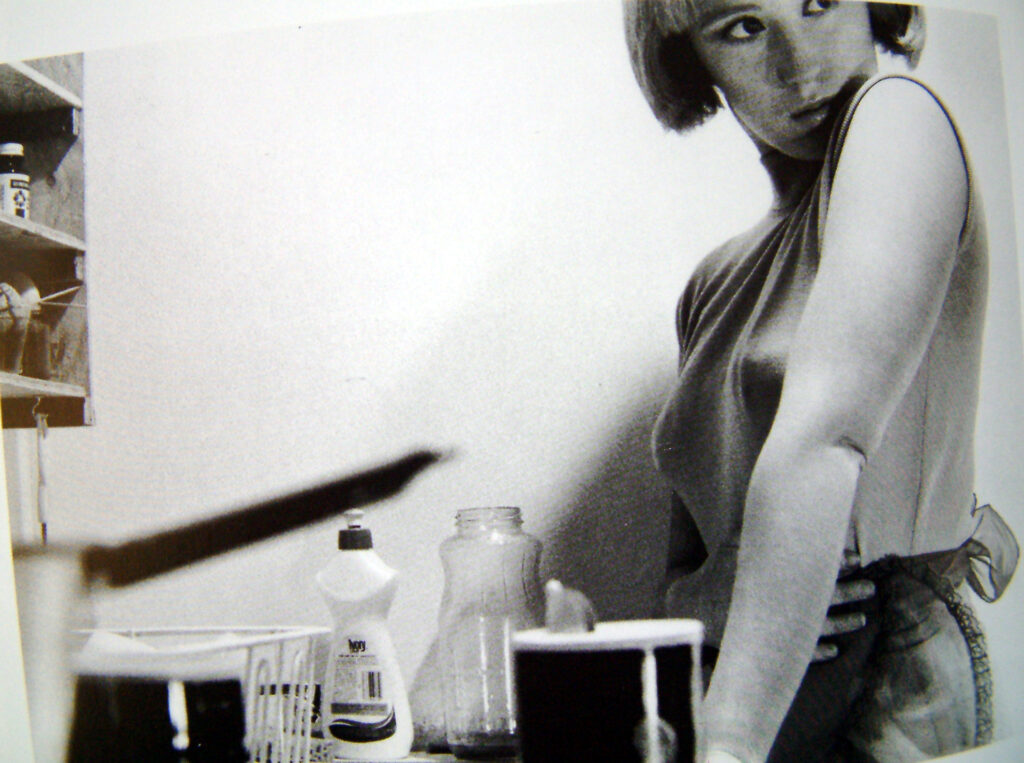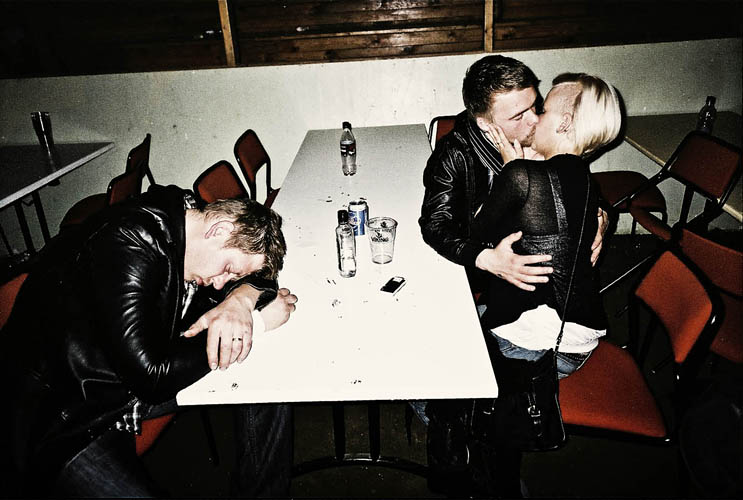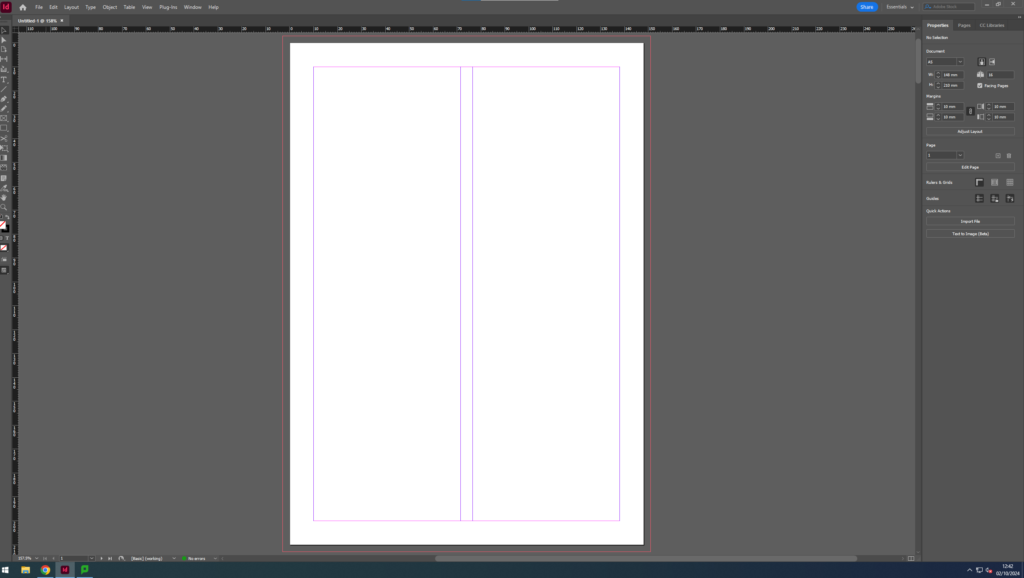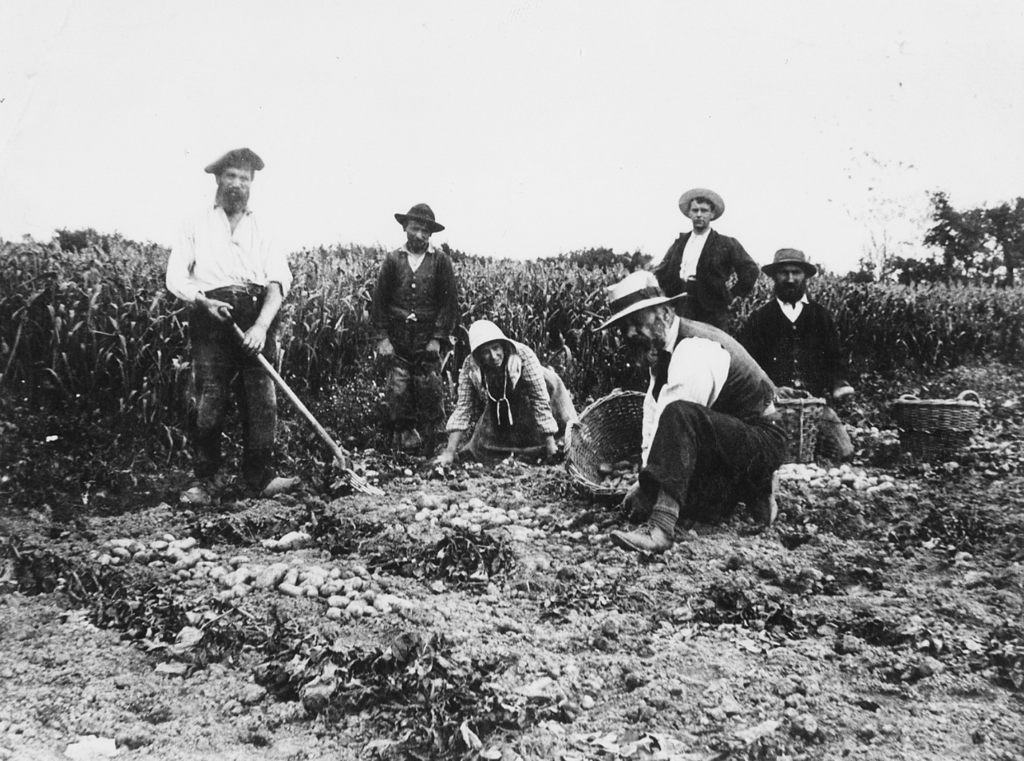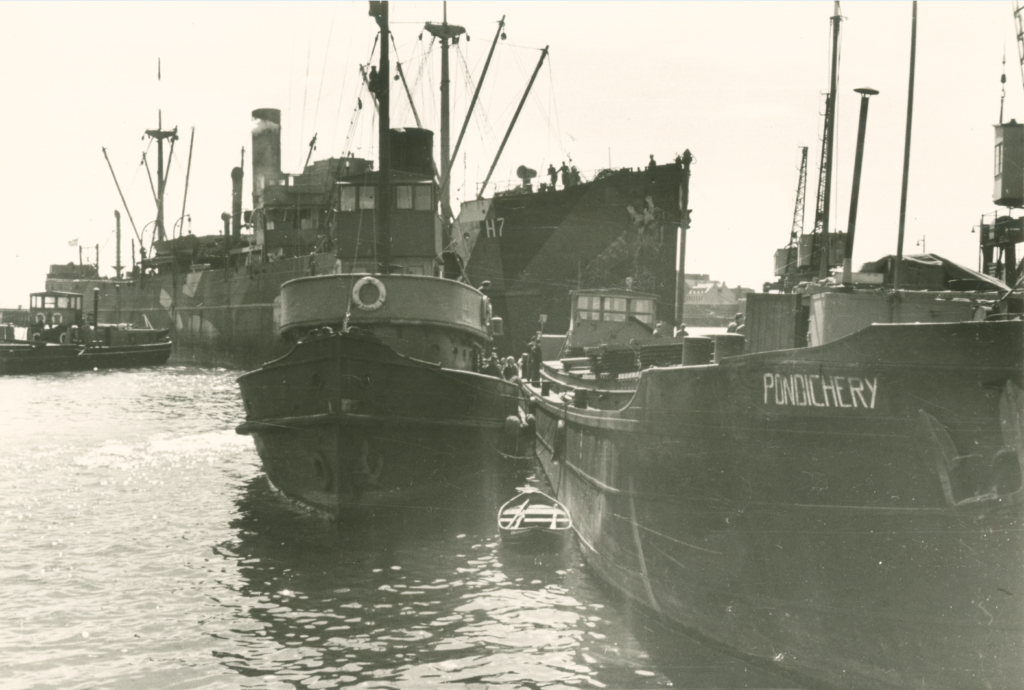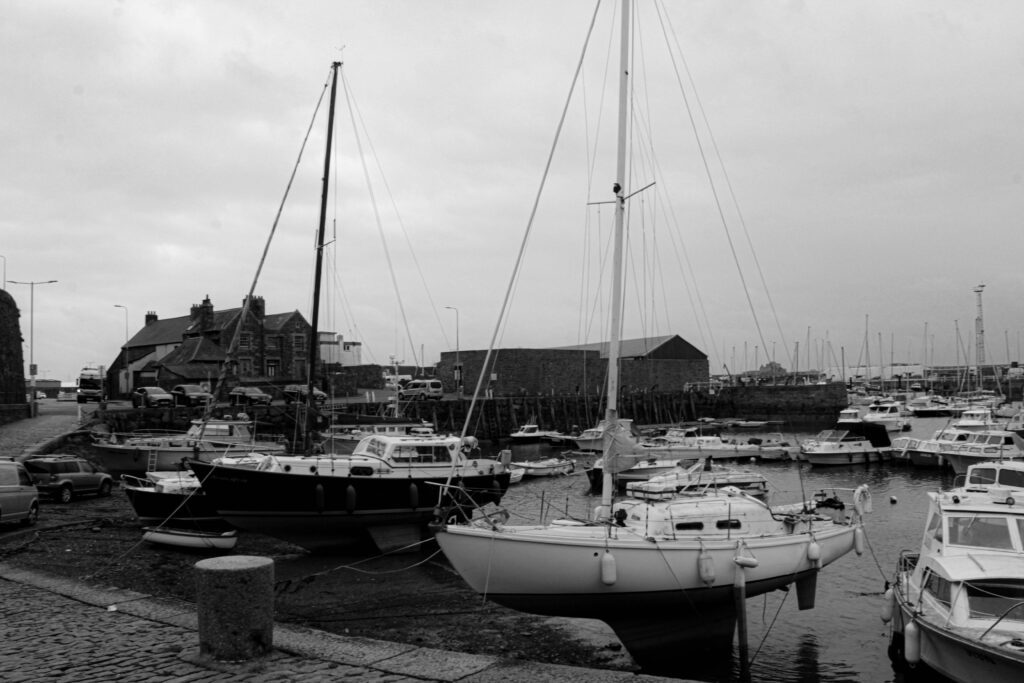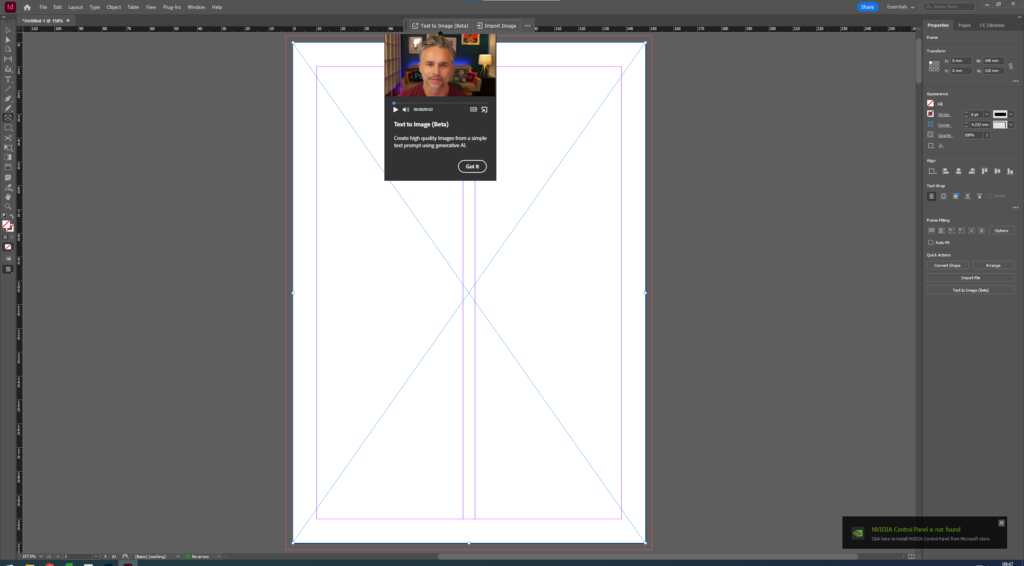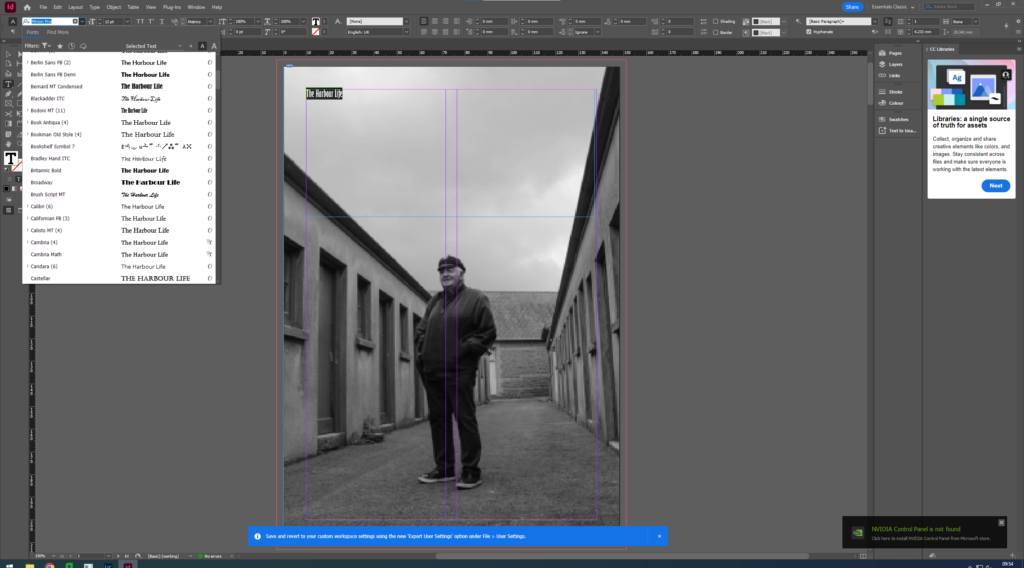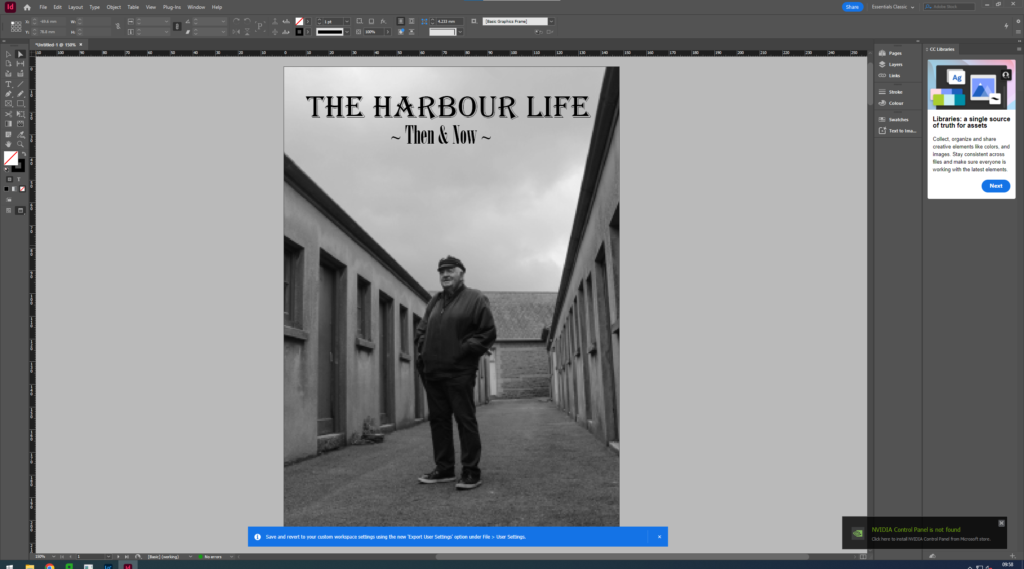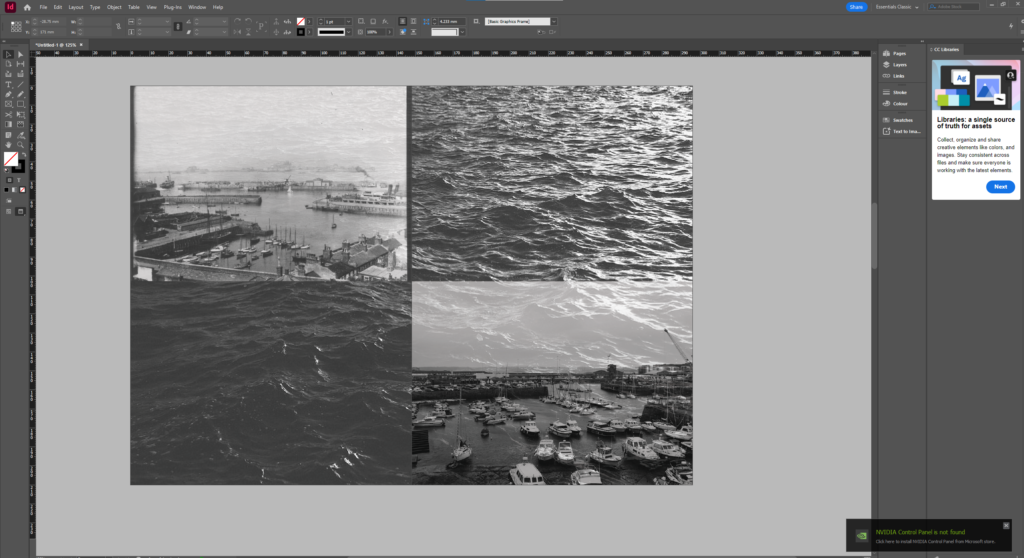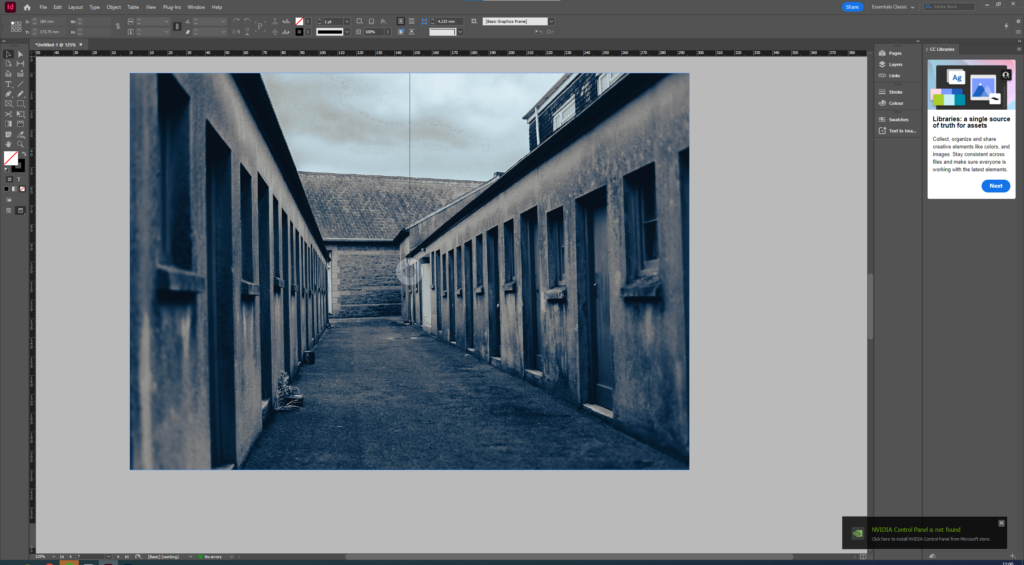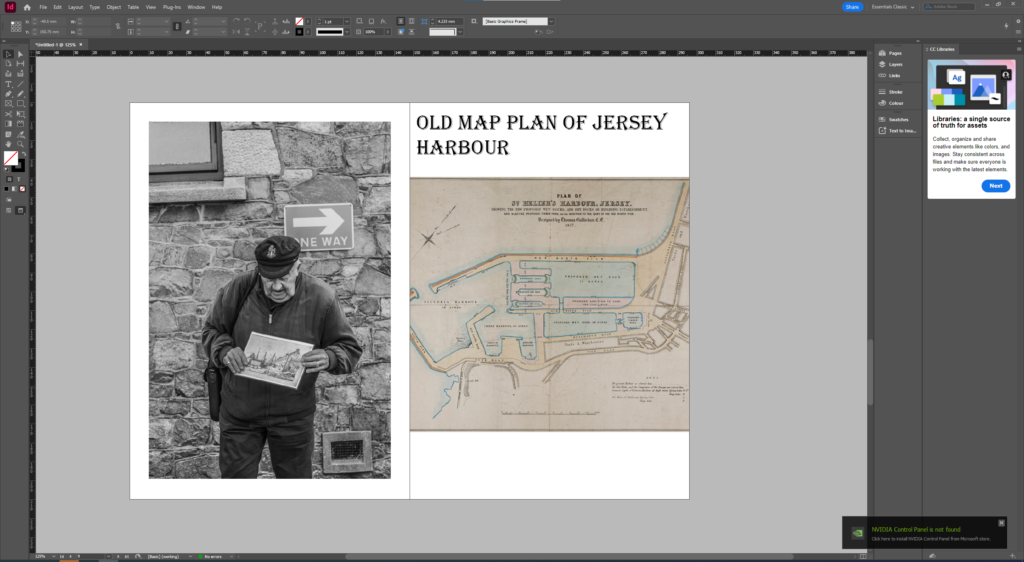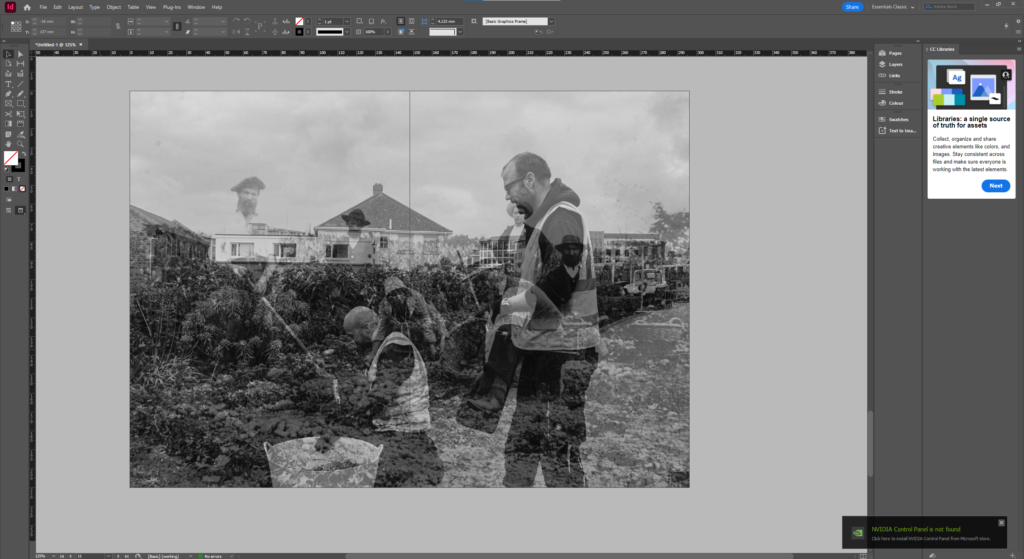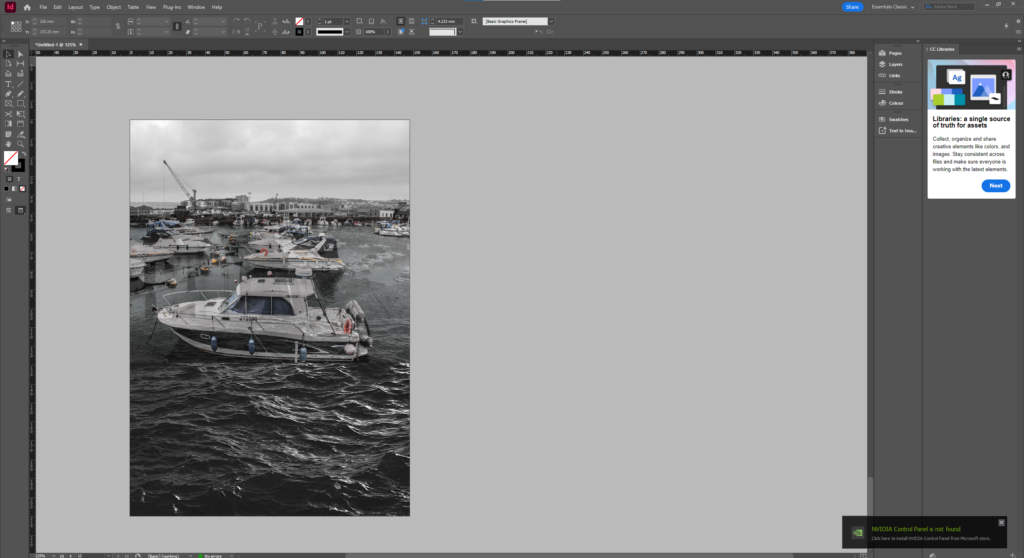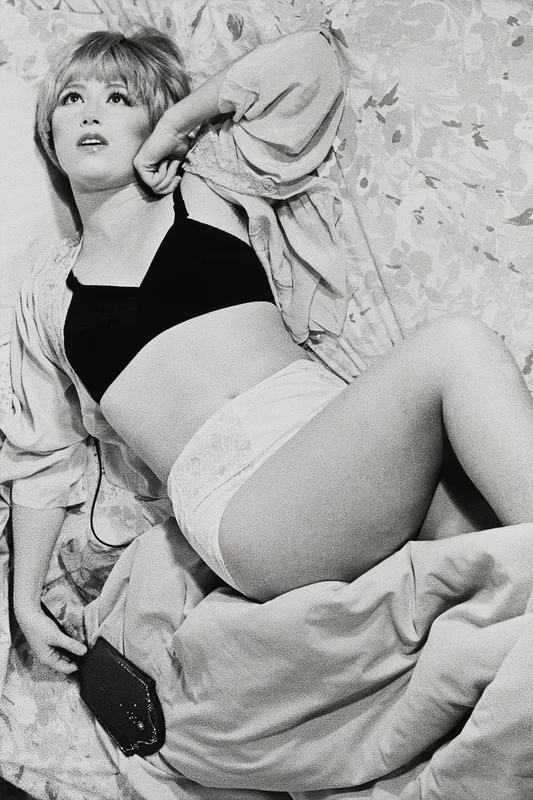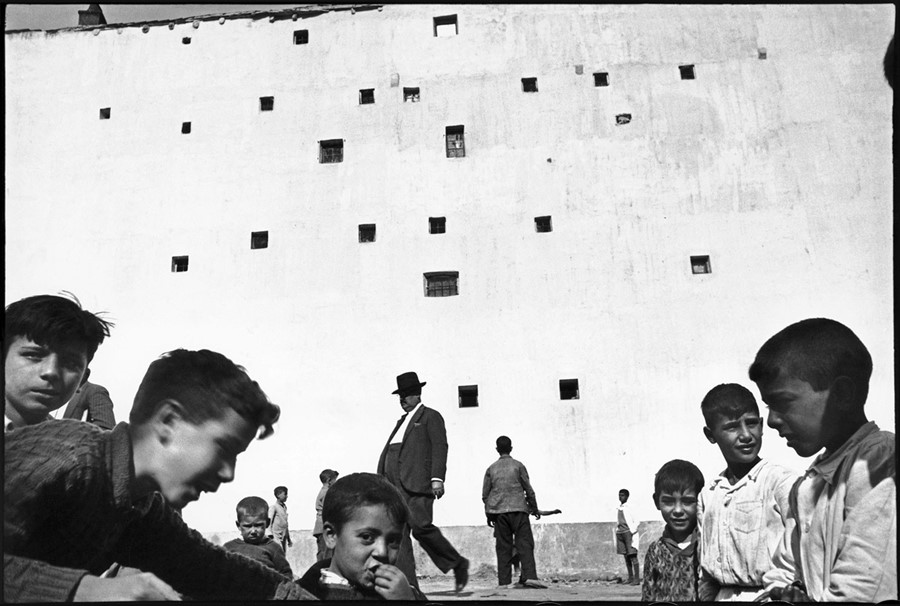- Read two texts above (John Szarkowski’s introduction and review by Jed Pearl) and select 3 quotes form each that is relevant to your essay.
- Select two images, one that represent a mirror and another that represents a window as examples to use in your essay.
- Use some of the key words that you listed above to describe what the mirrors and windows suggest.
Essay plan:
Introduction (250 words): Reflect on the origin of photography and describe in your own words the difference between the two photographic processes, Daguerreotype and Calotype. Consider how they could be viewed as either a mirror or a window of the world according to John Szarkowski’s thesis. Choose one quote from Szarkowski’s text and comment if you agree or disagree.
Paragraph 1 (250 words): Choose an image that in your view is a mirror and analyse how it is a subjective expression and staged approach to image-making. Choose one quote from Szarkowski’s thesis and another from Jed Pearl’s review which either supports or opposes Szarkowski’s original point of view. Make sure you comment to advance argumentation in providing a critical perspective.
Paragraph 2 (250 words): Choose an image that in your view is a window and analyse how it is an objective expression rooted in a sense of realism. Choose one quote from Szarkowski’s thesis and another from Jed Pearl’s review and follow similar procedure as above ie. two opposing points of view and commentary to provide a critical perspective.
Conclusion (250 words): Refer back to the essay question and write a conclusion where you summarise Szarkowski’s theory and Pearl’s review of his thesis. Describe differences and similarities between the two images above and their opposing concepts of objectivity and subjectivity, realism and romanticism, factual and fiction, public and private.
Final draft:
The Daguerreotype and Calotype are two photographic processes which were widely used during the 1840s and 1850s. The Daguerreotype was said to be the first ever successful photographic process in the history of photography. It was created in 1839 by the inventor Louis Jacques Mandé Daguerre. A daguerreotype is made on a sheet of silver-plated copper, which is polished to a mirror finish. Then, the sheet is treated with iodine to make them sensitive to light and it is exposed in a camera. Finally, to develop the image, warm mercury vapour is used. The Daguerreotype is very accurate, detailed and sharp. As it is created on a metal plate, it is delicate and needs to be well looked after. Unlike the Calotype which is not as delicate as it is created on a sheet of paper. The Calotype was introduced in 1841 and was created by the inventor William Henry Fox Talbot. Talbot was best known as the British inventor of photography and in 1834 he discovered how to make and fix images through the action of light and chemistry on paper. This led him to the discovery of Calotypes. Calotype is made using paper coated with silver iodine. It produces a monochrome, blue coloured print on a range of supports, often used for art, and for reprography in the form of blueprints. According to John Szarkowski’s thesis, I believe that the Daguerreotype can be seen as mirror photography because it is ‘reflecting a portrait of the artist who made it’- John Szarkowski. In contrast, I think that the Calotype is viewed as window photography because it is showing the external world, and the realism of it.
Mirrors- chosen image:
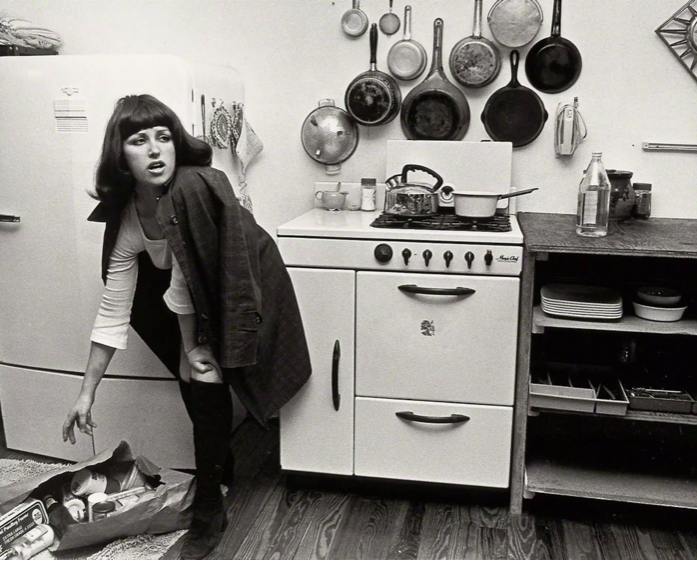
Cindy Sherman- 1954 “UNTITLED FILM STILL #84”
This particular image, created by Cindy Sherman, is an incredible representation of mirror photography. It clearly portrays the story behind it through the body language and facial expressions of the female model. Cindy Sherman bases her photography around depicting herself in many different contexts and as various imagined characters. She does this by reflecting on stereotypical femininity through a series of black-and-white photographs. The construction of this image shows an idea of the narrative behind this image, but her photographs never actually deliver a specific plot. This keeps viewers engaged and allows them to create their own narrative for the photographs. The clear facial expression of tiredness shows the harsh reality of the lives of women. Also, the bag full of shopping food, which is lying on the kitchen floor, clearly reflects on the stereotypical idea that it is a woman’s job to provide food for the household. Furthermore, I think that this image looks quite natural, although we know as the viewers that it is staged to reflect the artist. I think that this image reflects not only the artist, but all women around late 1950s, to provide a clear understanding of the gender roles around this time, and how women felt as a whole. In John Szarkowski’s thesis, he says that ‘a mirror reflects a portrait of the artist who made it’ (Szarkowski, 1978), which supports my image here as Sherman’s photograph not only reflects herself, but women as a gender. When a photo is resembling a mirror, it is not clear what the message and main theme of the photo is, and viewers must interpret in their own ideas what they believe the story is. Szarkowski believes that mirror photographs are personal and romanticized, which is portrayed as powerful and meaningful for viewers.
Szarkowski, J., 1978. Mirrors and windows: American photography since 1960. https://www.moma.org/documents/moma_catalogue_2347_300062558.pdf
Windows- chosen image:
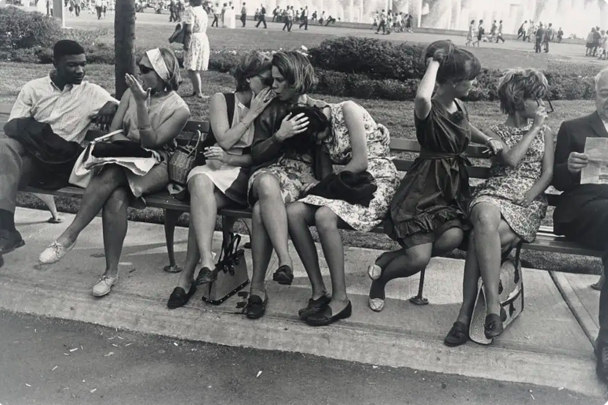
Garry Winogrand, World’s Fair, New York City, 1964
Garry Winogrand was an American street photographer, known for his portrayal of U.S. life and its social issues in the mid-20th century. American photographer and curator, John Szarkowski, called Winogrand the central photographer of his generation. Winogrand was one of the most prolific, and passionate, street photographers of his time; he shot over 5 million photographs in his career. However, Winogrand hated the term “street photographer” and would rather have been known and seen as simply a “photographer”. As he was born and lived in New York, he spent most of his life photographing city streets, recording crowds and individuals and capturing the tension and exuberance of public life. Therefore, it’s clear that this image is an example of window photography as he captures the realism and spontaneity of New York city life. This photograph reflects the chaotic aspect of New York, and it examines humanity and social interaction between, what it looks like, close friends. The photograph looks quite natural and brings a sense of reality as no one is posing, or even making eye contact with the camera, therefore it hasn’t been staged or manipulated. These types of photos make it easy for viewers to understand the outside world and they act as a window into diverse realities, which reflect the importance of other experiences in the real-life world. It’s clear that this photo was taken during the mid-20th century due to the clear clothing style worn by the women in this photo. John Szarkowski once said, “is it a mirror, reflecting a portrait of the artist who made it, or a window, through which one might better know the world?” (Szarkowski, 1978). This links back to Winogrand’s photograph, as it suggests that we are viewing New York City through Winogrand’s eyes during the 20th century, depicting a story behind it. The fact that the bench of people is mainly made up of females, apart from the two men on either side of them, reinforces an idea of femininity and shows this idea around “second wave feminism”, which focused on feminist activity and gender inequality. I believe that this particular photograph shows the importance of females as a gender, and it was very powerful for viewers around this time.
Szarkowski, J., 1978. Mirrors and windows: American photography since 1960. https://www.moma.org/momaorg/shared/pdfs/docs/press_archives/5624/releases/MOMA_1978_0060_56.pdf?2010
Conclusion:
In conclusion, both images portray an aspect of the 20th century, and they give us a glimpse into reality around this time. Overall, Szarkowski’s theory is that, in metaphorical terms, mirror photography is seen as a romantic expression of the photographer’s sensibility as it projects itself on things and sights of this world; whereas, window photography is seen as the exterior world being explored in all its presence and reality. Among the “mirrors” photography, there are a few leading practitioners, who are Paul Caponigro, Jerry N. Uelsmann, Robert Heinecken and painter Robert Rauschenberg. Foremost, among the “windows” group is Garry Winogrand who Szarkowski feels will be “the central photographer of his generation”. Sherman’s photograph presents a more personal feeling as there is only one woman in it, whereas, in Winogrand’s image there is a few people, mainly woman, which shows an aspect of publicity and spontaneity. In my opinion, I prefer Winogrand’s photograph because it is natural, and it hasn’t been manipulated into a way that makes it look staged and fake.


